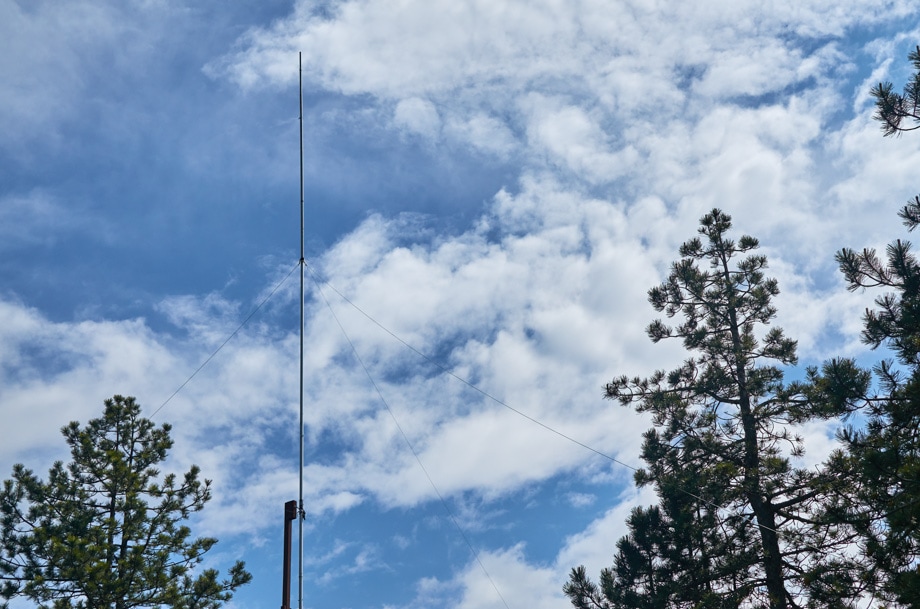Charlotte Tree Services
A wide range of professional, affordable tree care services for the Mecklenburg County area
Our arborists, fully licensed and insured, have been providing high-quality, affordable tree services to Charlotte and surrounding communities since 2000. Full-service pruning and tree care services are offered all year round, whatever your need, whenever you need us. Read more about our tree services here. We look forward to meeting you, assessing your needs and getting the job done.
How We Care for Your Trees
Charlotte Tree Removal
Trees don't always fit into the environment we have created for them - on our properties, in our neighborhoods or lining our streets. Whether the tree has outgrown the spot, is in poor health or dying or needs to be removed to prepare for a property improvement project, Arborscapes can safely and efficiently complete the removal in and around Charlotte. We use a variety of equipment in the pruning and removal process, including ropes pullies, bucket trucks and cranes. Not every tree needs to be removed. Often, pruning, fertilization or pest and disease control is an alternative to removal. This allows for the preservation of the tree. In most cases, it ends up costing less than removing a tree.
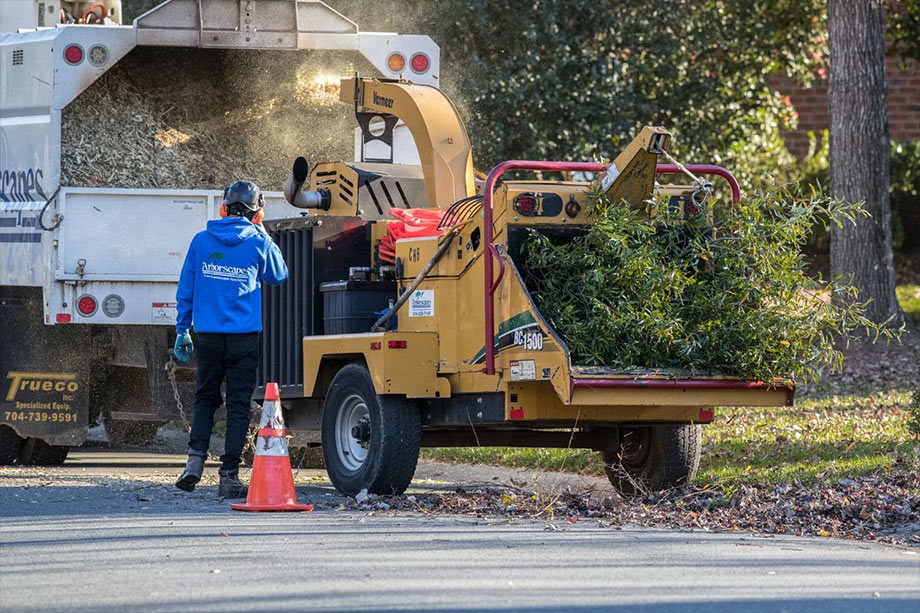

Charlotte Stump Grinding
Stump grinding can dramatically improve the appearance of your landscape design. Arborscapes offers affordable, professional stump grinding and removal services.
Whether you chose Arborscapes to remove a tree and want us to finish the job by removing tree stump or you need stump removal as a standalone service, we can meet your need. Our efficient stump grinding process uses professional equipment attachments and tools to get the job done quickly. We are happy to work with you.
Charlotte Tree Trimming
Proper trimming and pruning is essential for trees' health. It also keeps them looking great. Our certified arborists understand how to properly prune each tree based on the client's goals and objectives for that tree. Feel free to contact us with questions or concerns. Here are some common types of pruning:
- Removal of dead, diseased or broken branches.
- Pruning to provide clearance with houses, over driveways, around other landscape plants or any other area of conflict.
- Structural pruning of young trees to help mitigate or correct defects while the tree is small. This also promotes a strong structure as it grows.
- Pruning to establish or preserve a view or line of sight.
- Pruning of mature trees to reduce length and weight. This reduces the risk of a large limb failure. Safety in this regard is essential.
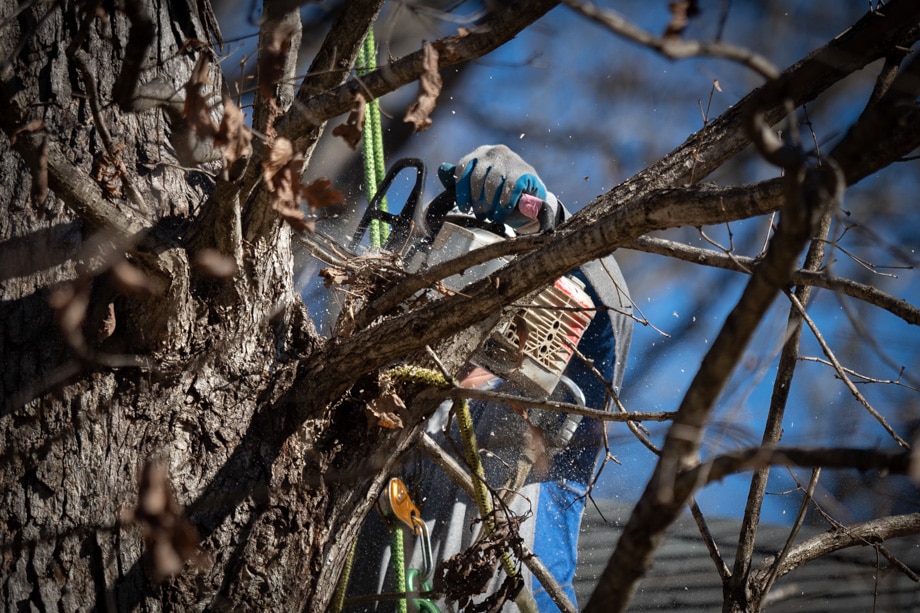
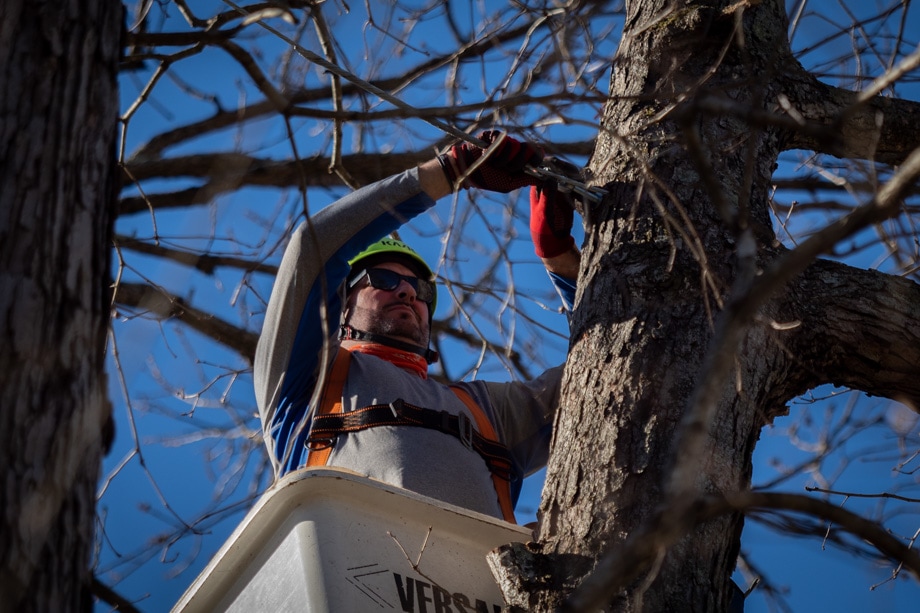
Cabling & Bracing Trees
Trees are living organisms that grow in a less-than-perfect form – like all of us! Imperfections can lead to structural defects, resulting in the loss of a large limb or section of canopy. Many times, pruning by itself can mitigate the risk posed by these defects. In some situations, your Arborscapes Arborist may recommend installing a cable, brace rod or other supplemental support system to provide additional support. This reduces the risk of large limb/canopy failure. Arborscapes installs two types of cabling systems: One is an Extra High Strength Cable (EHS) system. The other is a composite fabric cabling system. Cabling is intended to restrict or dampen additional movement of limbs and stems beyond their breaking point. Cabling is often recommended for trees with co-dominant stems; branch unions that have a tight angle; limbs judged to be overextended; and limbs with a low-aspect ratio compared to their parent stem/branch. Cables are generally installed high in a tree's canopy. They need to be inspected yearly or after major weather events. Not every tree will benefit from installing a cabling system. Your Arborscapes Arborist can help determine if the tree is a good candidate.
Tree Preservation
As the Charlotte area grows, development around trees will continue to be an issue for our city. Arborscapes can evaluate trees before construction planning, offer advice about the impact to trees based on proposed construction, and develop a plan to preserve trees through the building process. Not every tree is a good candidate for preservation. Making tough decisions on the front end about building placement, grade changes or other changes to the site can save money and headaches after construction is finished. Some of the tree preservation services we offer and may recommend:
- Pre-construction tree inspection/evaluation.
- Establishing a tree and soil protection zone.
- Root pruning near areas of excavation/grade changes.
- Soil remediation to correct damage done by construction.
- Preventative pest and disease control.
- Prescription soil fertilization.
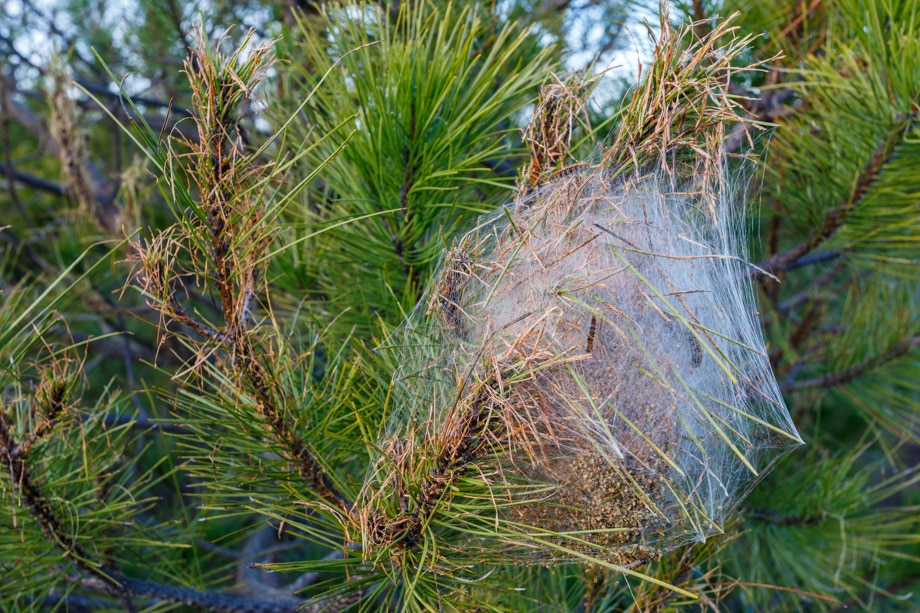

Real-estate Sale Property Inspections
From Mooresville to Rock Hill, the Charlotte area real estate market is experiencing record levels of transactions, and those sales are happening faster than ever. Ensuring that the roof, foundation and electrical wiring are all in good working order before you purchase a home are all routine points of inspection. During the buying process, the landscape and trees are often overlooked until after the boxes are unpacked, pictures are hung and everyone is settled into the new space. Existing trees can be a large hidden expense, or danger, that a new homeowner discovers after the sale is finalized. Inspection before a sale identifies areas of concern and results in care or removal recommendations. It also pinpoints the cost of these recommended services.
Tree Inventories
Charlotte's communities and HOAs are often presented with the task of managing large populations of trees. Conducting an initial tree inventory can be a good way to establish what trees are currently on site and where they are located; their current condition; and any care recommendations required over the next few seasons. Making blanket recommendations for populations of trees without regard to specific tree needs wastes community resources. Look to Arborscapes for help.
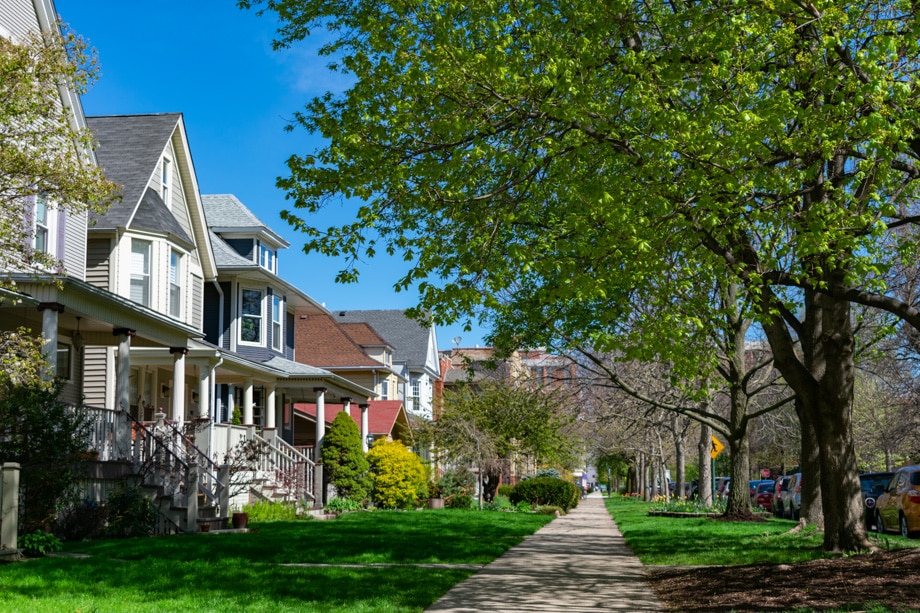
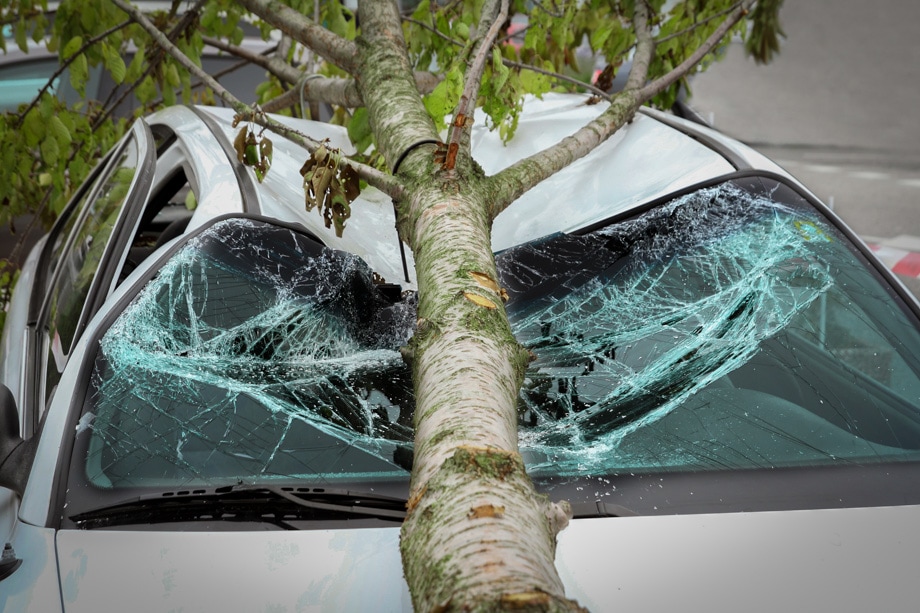
Tree Risk Assessment
Nearly everything in our daily lives comes with some amount of risk. Trees are no different. Charlotte is widely known as the City of Trees... and consequences of a large tree pulling out of the ground and falling can be catastrophic to property and potentially deadly to people. We understand that the safety of your family comes first. We take seriously our work to safeguard lives and property. We consider it our duty and our privilege.
Protecting Against Lightning
The Mecklenburg County area has seen some impressive storms of late. From recent tornadoes in Matthews to record setting thunderstorms across the entire city of Charlotte. Lightning protection systems minimize the chances of a tree being damaged by a lightning strike by providing a path to the ground outside of a tree's living tissues. These systems consist of a copper cable connected to a terminal rod as high in the canopy of the tree as possible on one end and a ground rod buried away from the trunk of the tree. Not every tree needs a lightning protection system. The chances of a dogwood getting struck by lightning, for example, are near zero. There are a variety of factors ranging from tree species to site conditions. In and around Charlotte, Arborscapes Arborists can help you determine your needs, for the health and safety of your loved ones.
